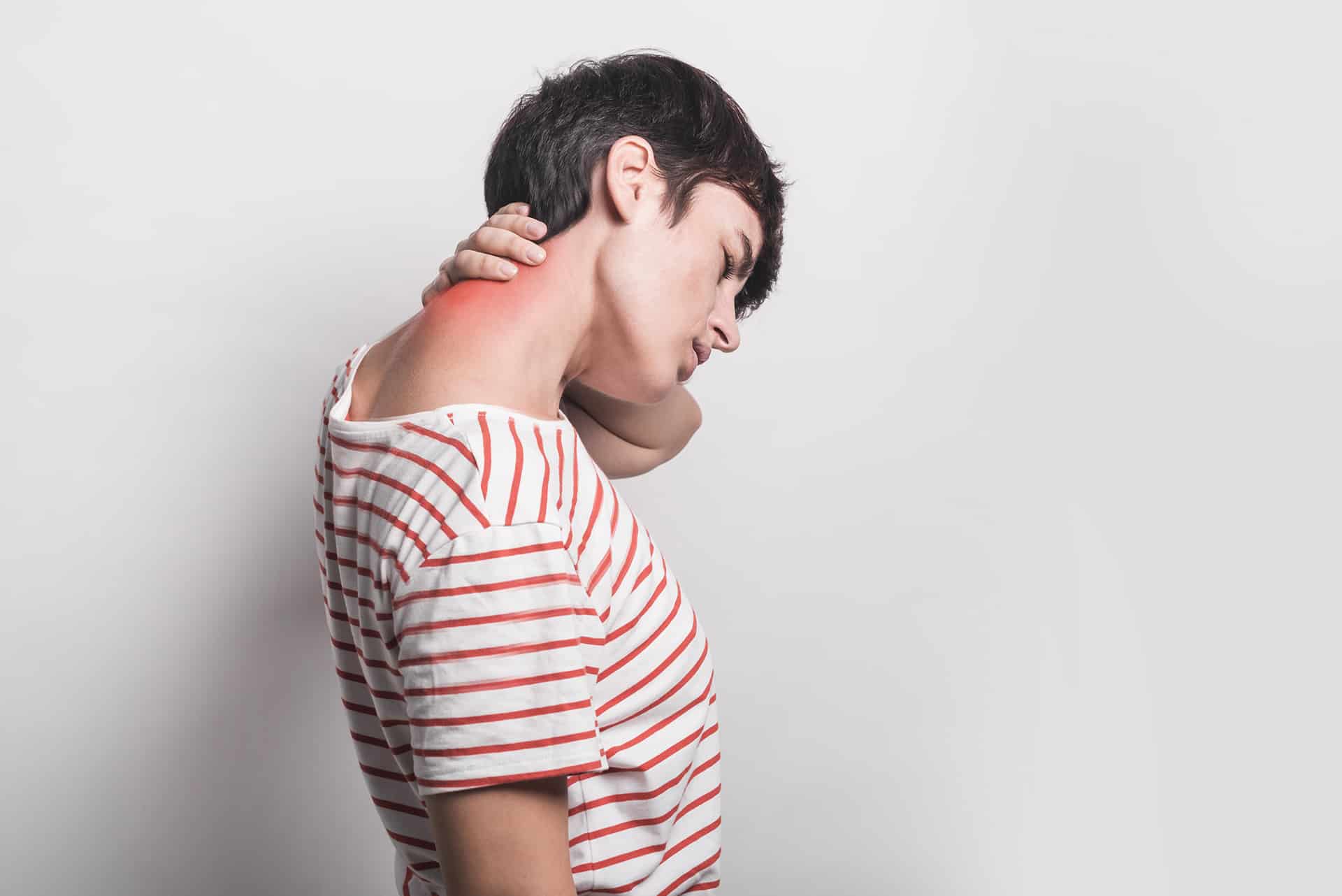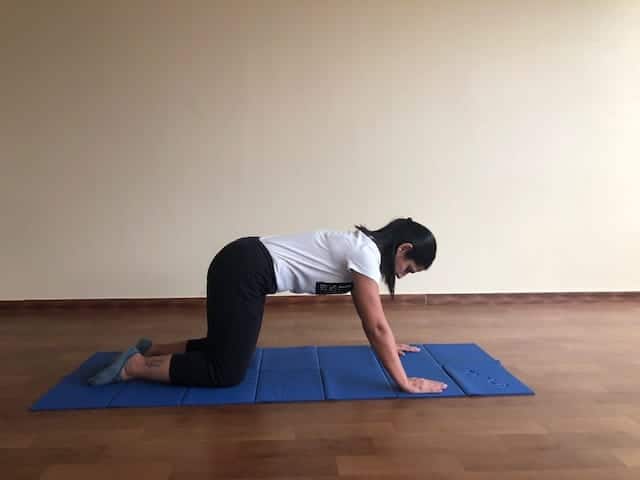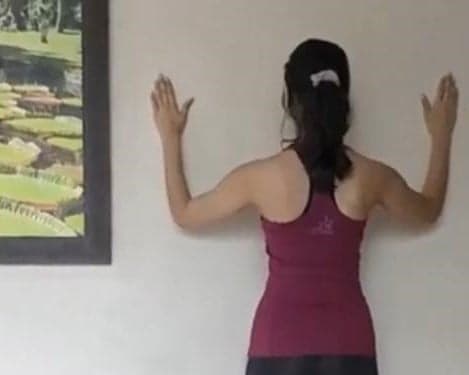Do you have pain in your neck?

Did you know that your head weighs one-seventh of your total body weight? Yes, it’s that heavy. And for around 70% of the day, the neck supports our head on our shoulders. Imagine the amount of strain the neck experiences while holding the head up for so long until you go to bed. How many times have you woken up with a stiff neck in the morning? The posture and alignment of the head, neck and shoulders is very important as the neck is prone to pain. In this blog, we shall discuss the basic structure of the neck and how we can avoid and correct neck pain.
Understanding the Neck
The neck forms the uppermost part of the spine or the cervical spine. It has a natural lordosis or a C curve facing front like the lower back. As we move up from the sacral to the cervical spine, the mobility of the spine varies and is maximum in the cervical spine. Our neck can tilt up and down, left to right and bend sideways for 180 degrees. We require this amount of mobility in the neck to allow our eyes to have a clear vision of our surroundings.
The mobility of the cervical spine is interdependent on that of the upper back or thoracic and stability of the shoulder-scapular joint. And the stability of the neck is inherently the virtue of the deep neck flexor muscles in the front and the deep extensors of the spine on the back. As described in the blog on lower back pain, postures affect the muscle length. Depending on the posture we spend a major part of the day in, certain muscles might remain in a shorter position and others might remain in a long position. This continuous strain over a period of time causes an imbalance and the muscles cannot give proper support on both sides of the cervical spine. This then causes cervical pain.
Wrong postures which cause pain
Majority of the urban people spend a maximum amount of their day glued to different screens. Sitting for hours, working on the laptop generally causes a forward head position in which the chin is jutting out and the deep neck flexors get lengthened. Usually accompanied by a rounding of the upper back, this forward head position causes a strain on the back of the neck which has to work in overdrive to hold the neck in place. And similar stress on the back of the neck is felt when we continuously hang our head down while staring at our phone screens. Our front cameras will show us the result of this posture: double or triple chins. But the real problem is the pull being felt in the back of the neck.
Some occupations also cause the opposite imbalance of muscles. People involved in physical labour or vocations like plumbing, do a lot of overhead activity. This leads to a strain on the deep neck flexors with the head hanging backwards.
Another cause of postural neck pain can be the continuous shrugging of the shoulders. It tightens all the muscles which hold the head up. Overworked muscles tend to tighten. And when we turn our head suddenly in response to a stimulus, for example, a loud sound, it can cause a catch or a spasm in the neck.
Relieving a catch in the neck
Not only throughout the day, the position of our neck while sleeping also matters. The thickness of the pillow is crucial, otherwise, you can wake up with a stiff neck.
Ten days ago, Gayatri Natarajan woke up with an extremely stiff neck. She had severe pain and couldn’t turn her neck around comfortably. She contacted Dr. Moushumi Kuvawala when the pain was unbearable. With some rehab and simple exercises that Moushumi told Gayatri, her pain has almost vanished in a week. There is only a slight twinge which she is sure will fade soon.
She herself realised that her posture was wrong while she worked on the laptop for hours and probably her already tight muscles must have gotten a catch while she was asleep. Have you recognised the cause of your neck pain?
Correcting the posture of the neck
In Pilates, we emphasise on getting the body into the neutral position it is meant to be in. The posture of the spine is the key to this neutral position. To check if the neck is in its optimum position, you can stand sideways in front of the mirror, and follow the cues we give at Moushu’s Pilates studio. You need to bring the ears over the shoulders and push the shoulder down, away from the ears. Additionally, imagine you are holding a large peach in your neck cavity. You have to neither squash it nor drop it. With this imagery in mind, you should be able to correct your posture, whether you are sitting or standing or lying down.
Here are some simple exercises to train your neck to be in neutral to avoid pain:
- While in a seated position, interlace your fingers behind your head and gently push your head into the palms.

2. In the all-fours position, glide your head up by lengthening from the top of your head to your tailbone and imagine that they are being pulled in opposite directions.

3. Place a small softball behind your head and hold it up against the wall. Now while holding the ball with your head, move your neck in different directions.
4. While sitting at a desk, place your forearms down and press onto the surface to push your chest bone away. You can also do this against a wall and progress to wall pushups.

Watch our slouch potato series in which a lot of these exercises have been demonstrated with props:
Dysfunctions of the cervical spine
Apart from postural neck pain, certain dysfunctions in the cervical spine can lead to severe pain in the neck, coupled with headaches and a tingling sensation in the arm. The nerve connection of the brain and the arm, and the blood vessels leading up to the brain, being in such close proximity not only around the neck but also around the collar bone and shoulder blade can cause these sensations of tingling and numbness. Any irritation in the joints of the cervical spine can lead to acute pain and other symptoms which are a cause for worry.
Many people experience cervical spondylosis which is caused by degenerative changes due to age. And others might have spondylitis due to inflammation in the vertebrae. Any pain which is severe or due to an injury will require the care of a specialist doctor and cannot only be dealt with using physical therapy.
It is extremely important to correct your spinal posture, not only of the upper back and neck but also of the lower back. And Pilates really helps in strengthening the muscles which hold the spine up.
